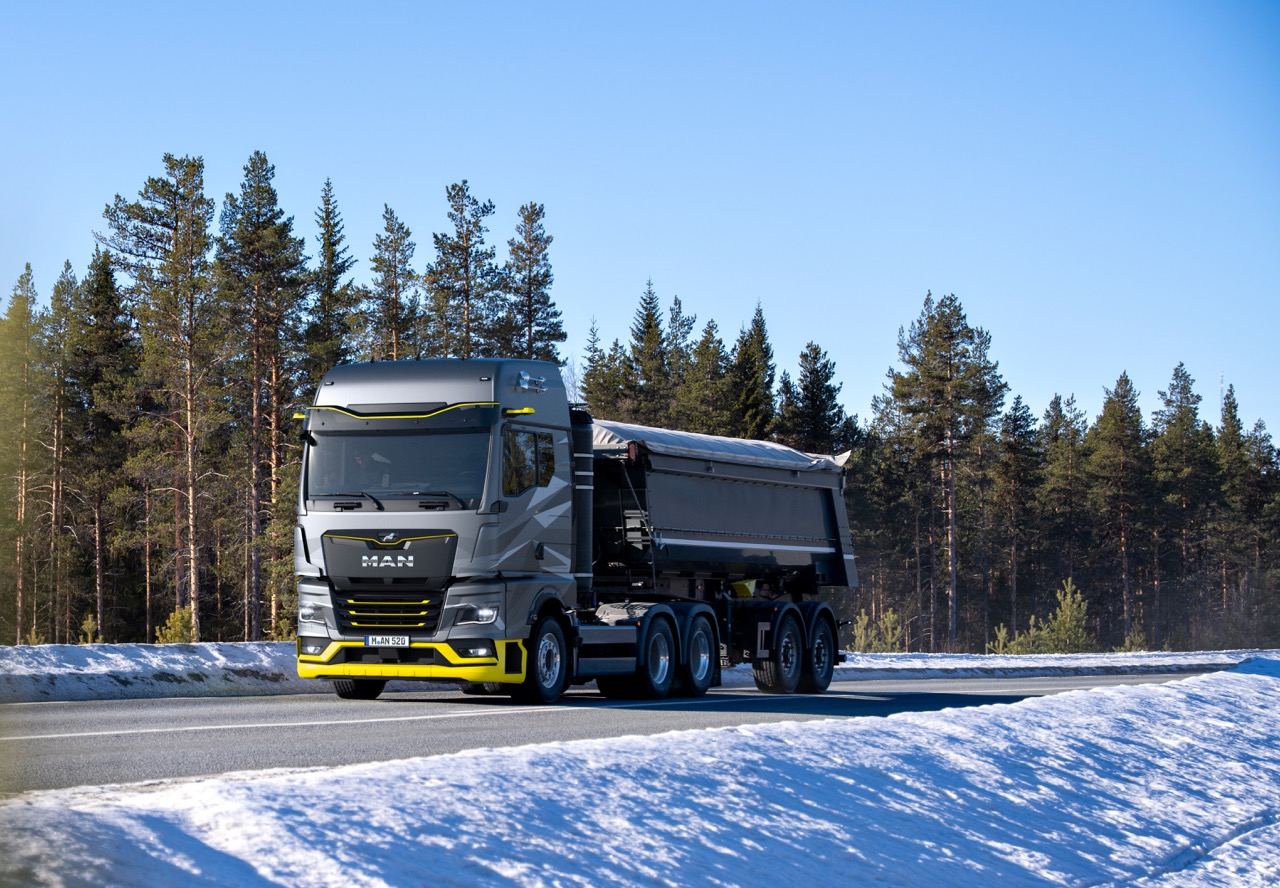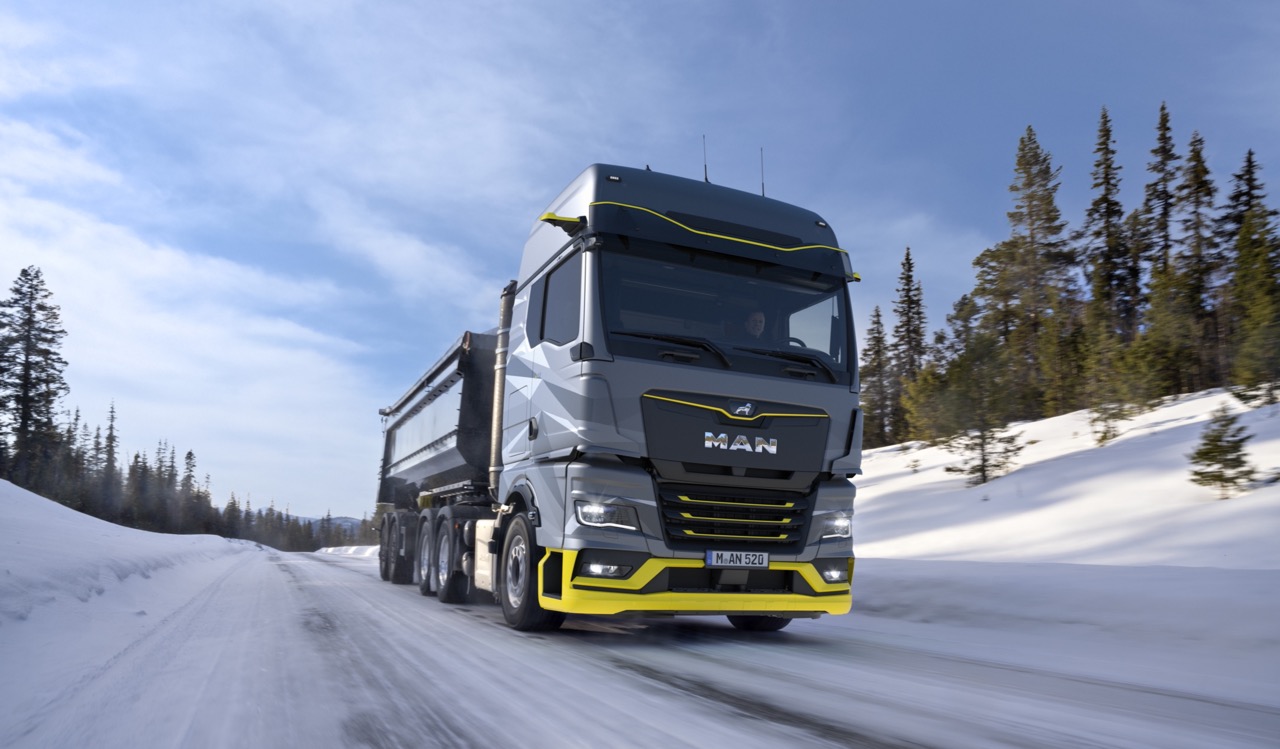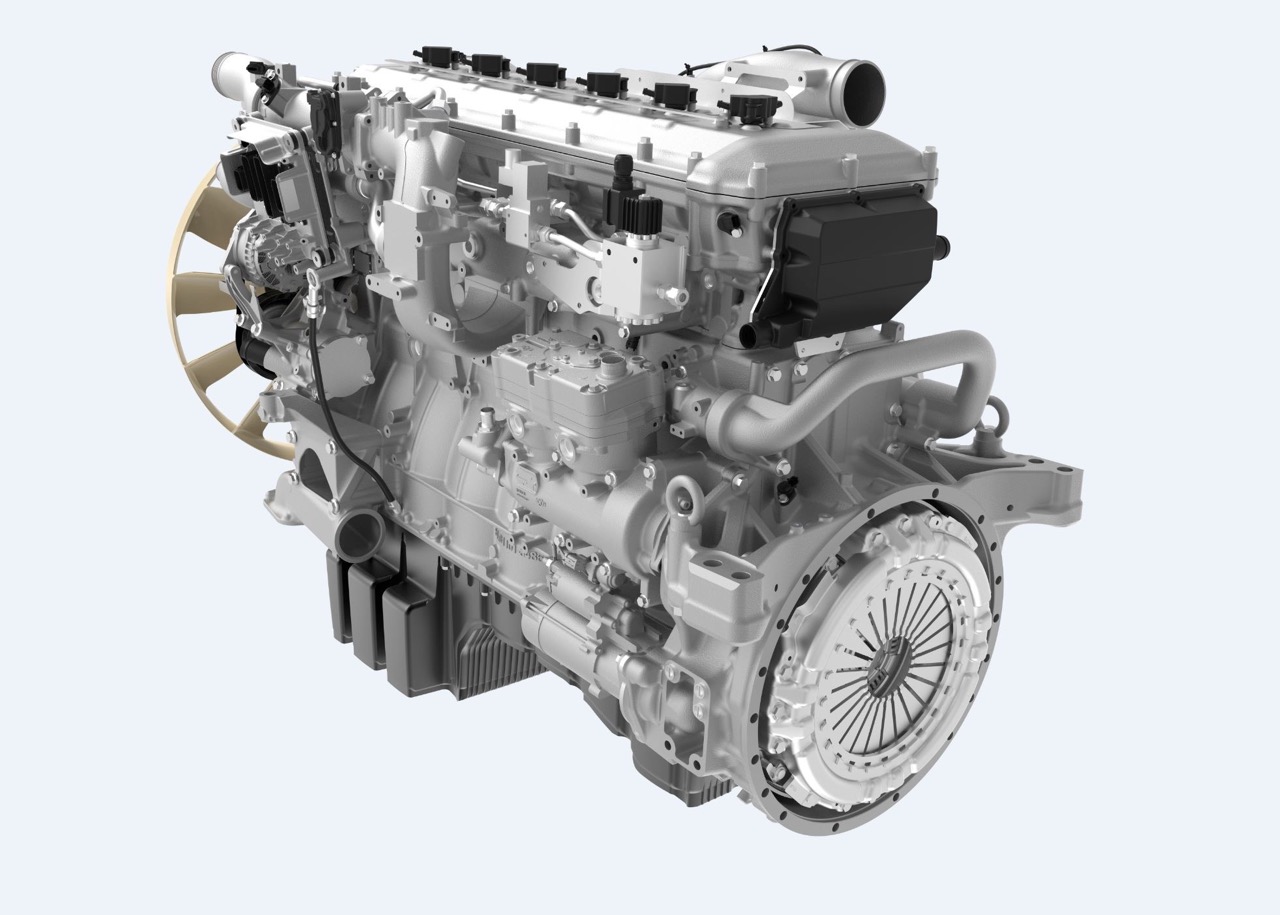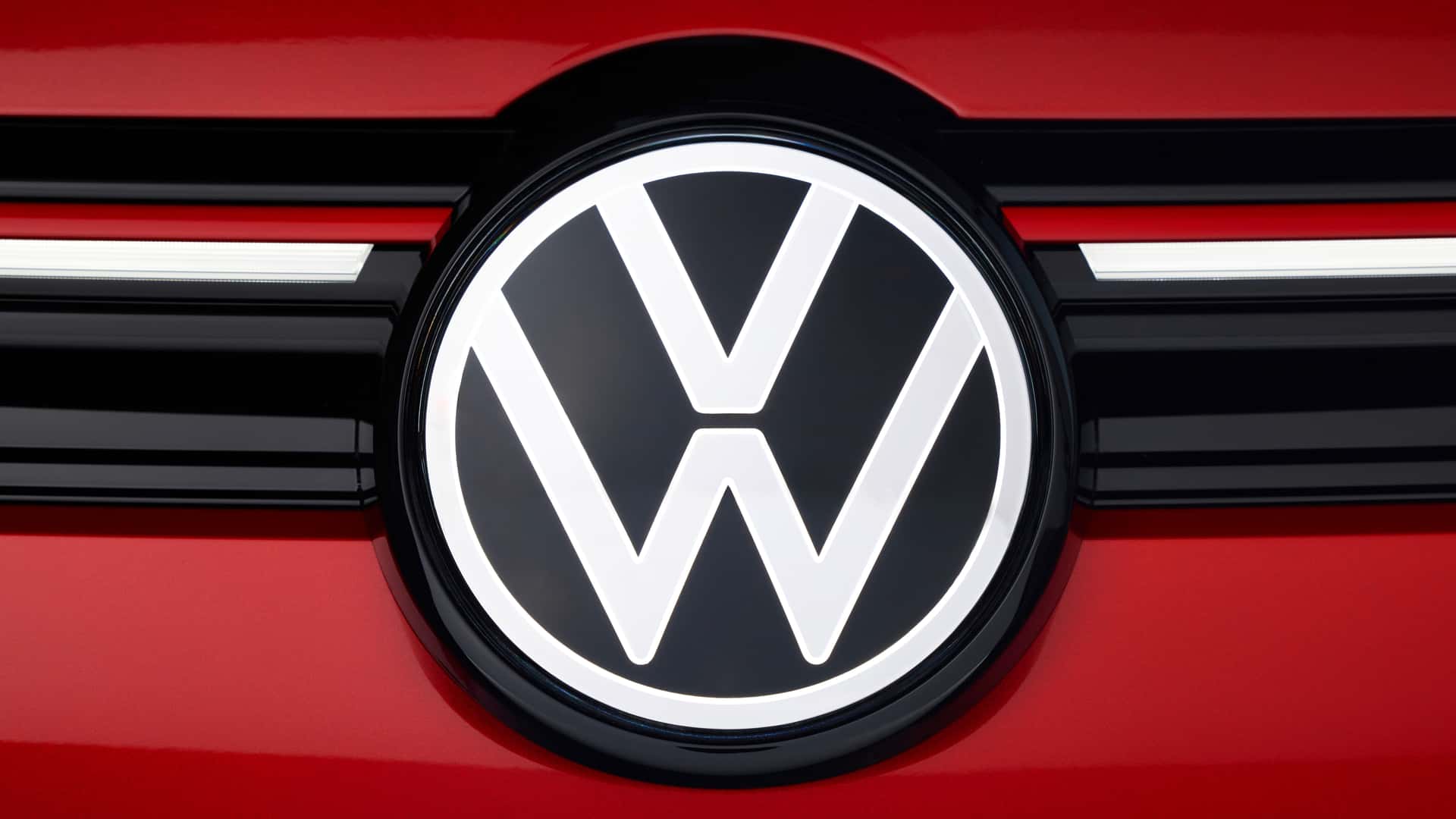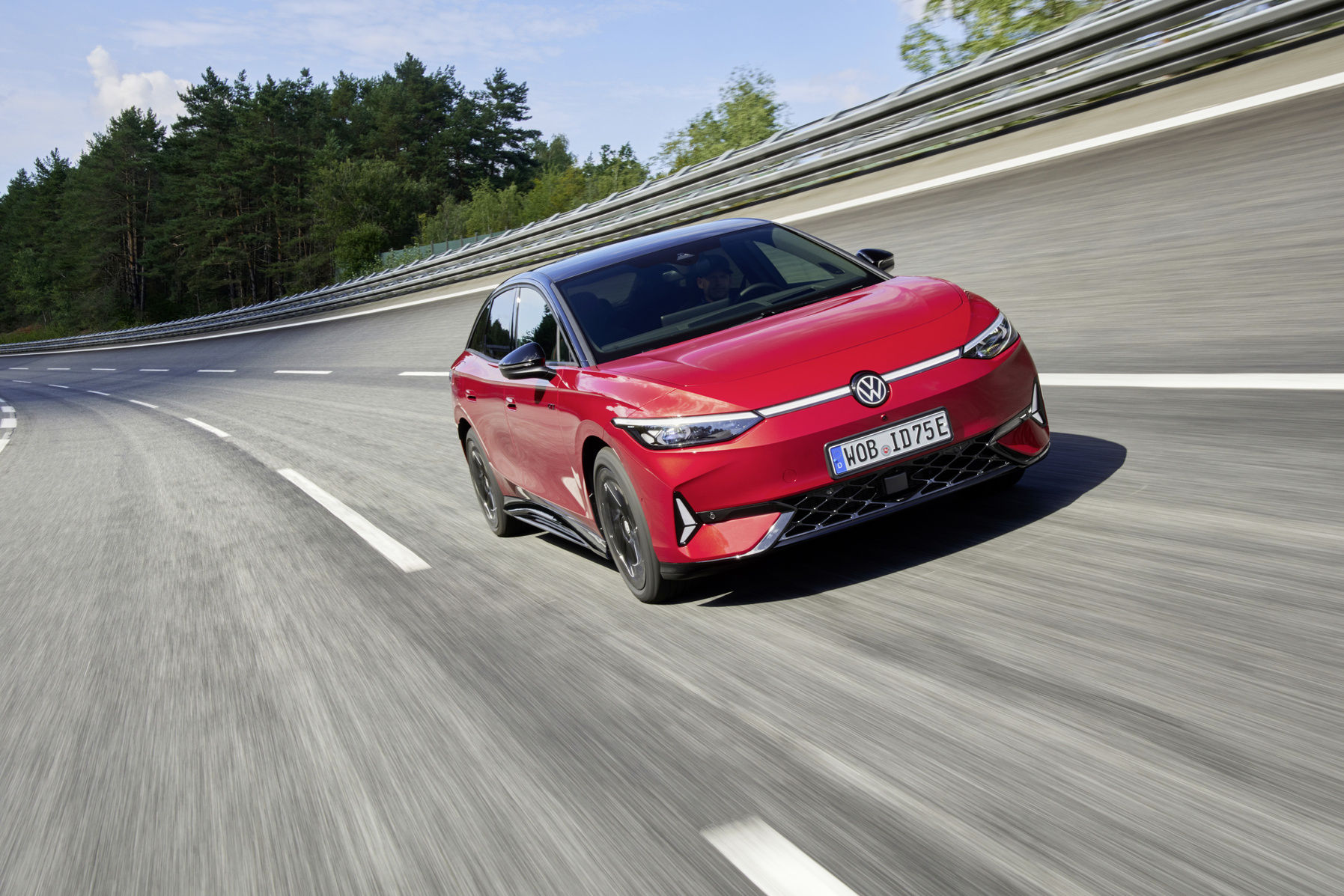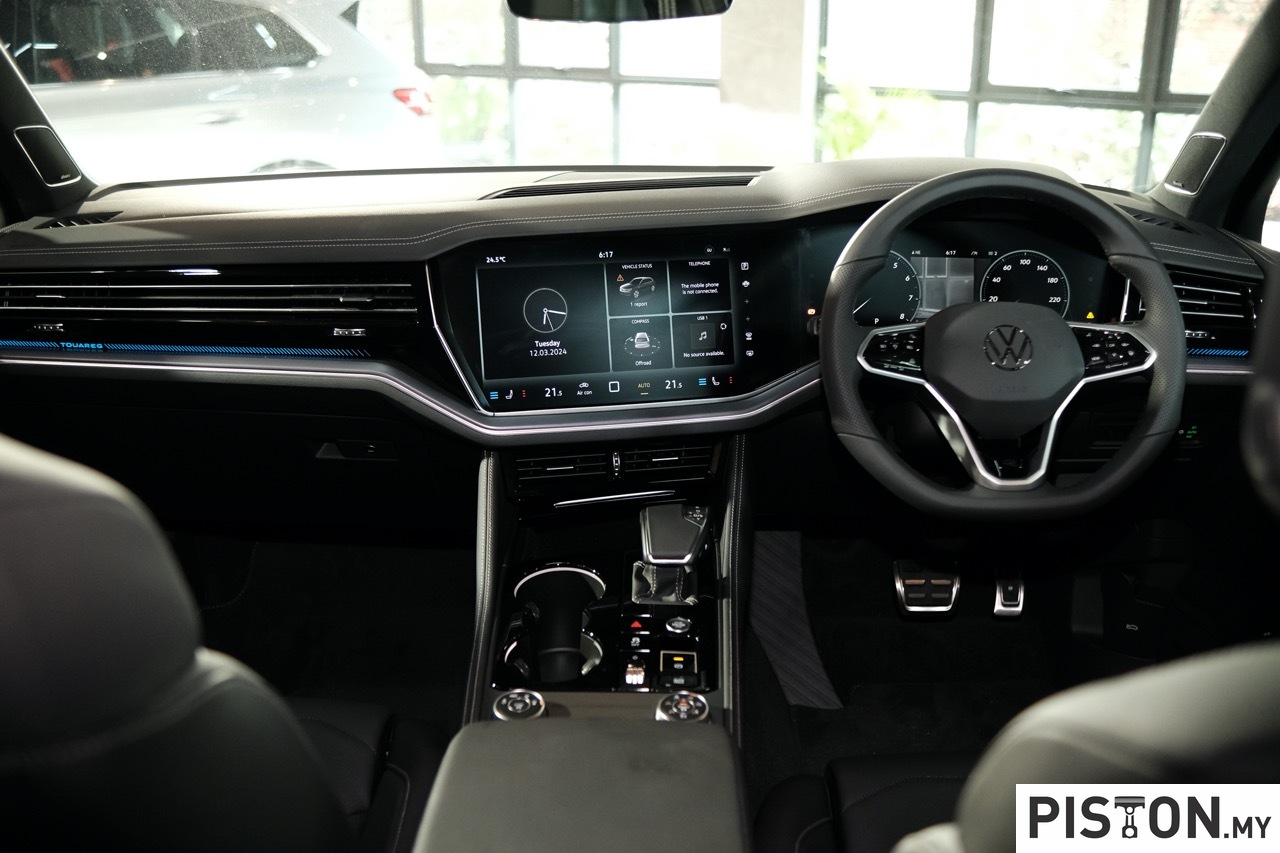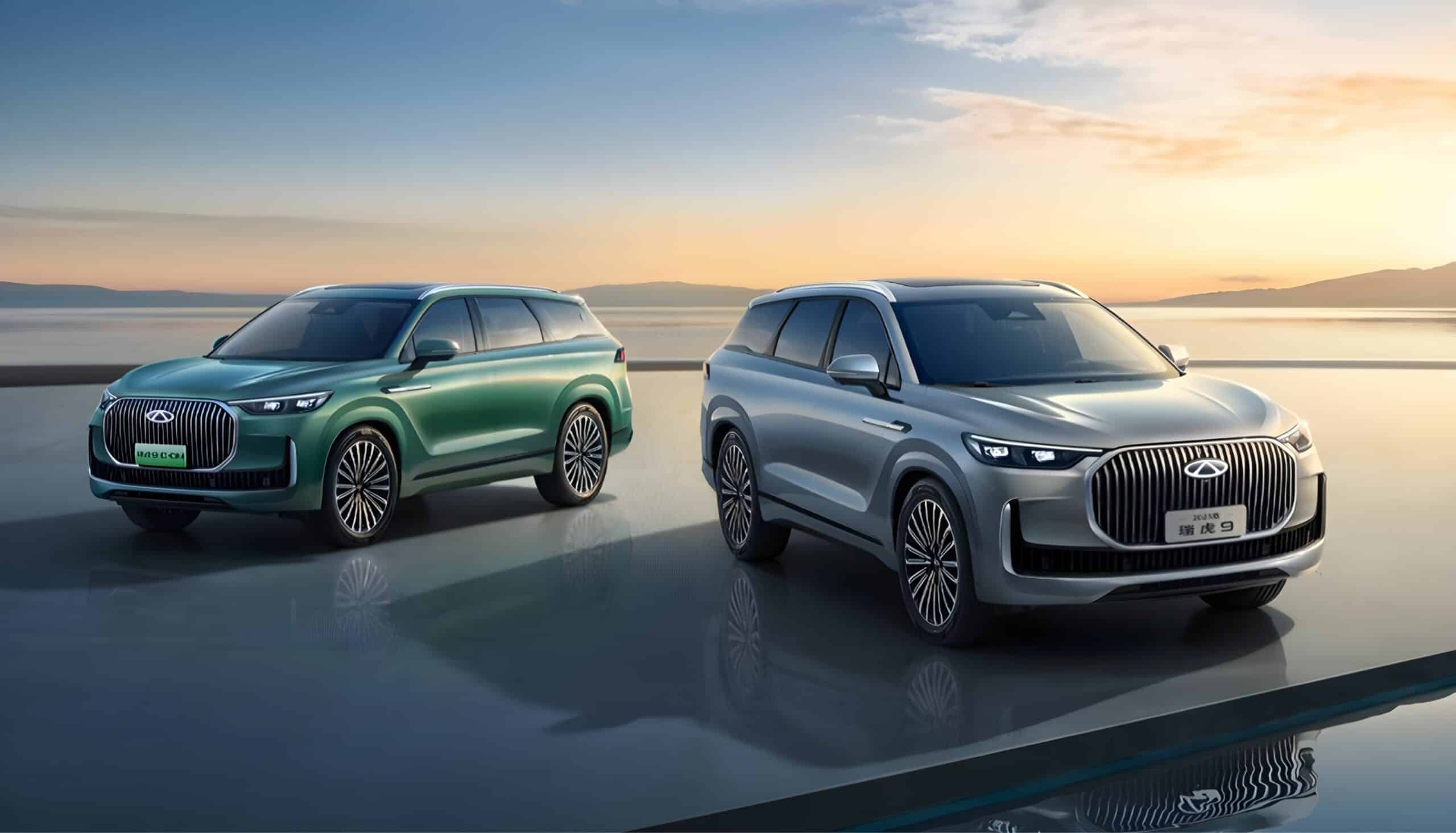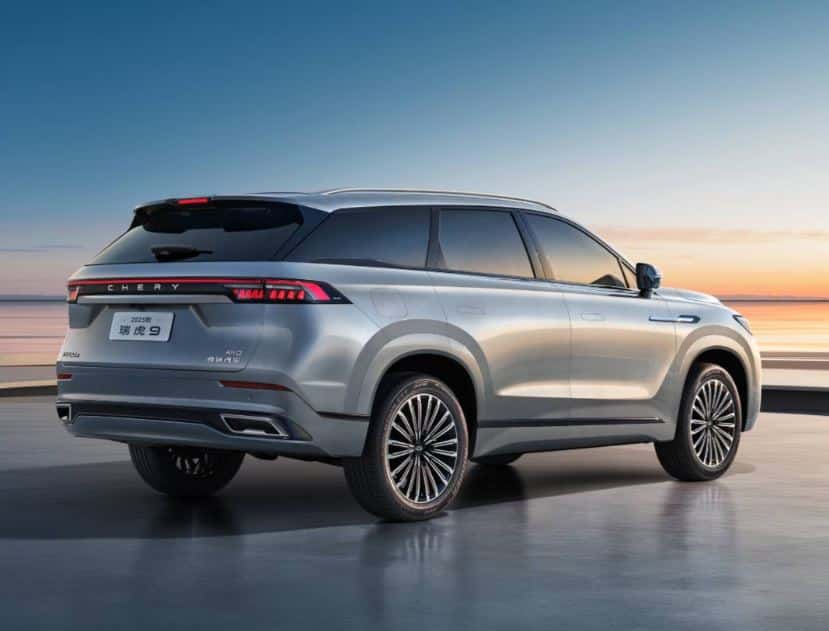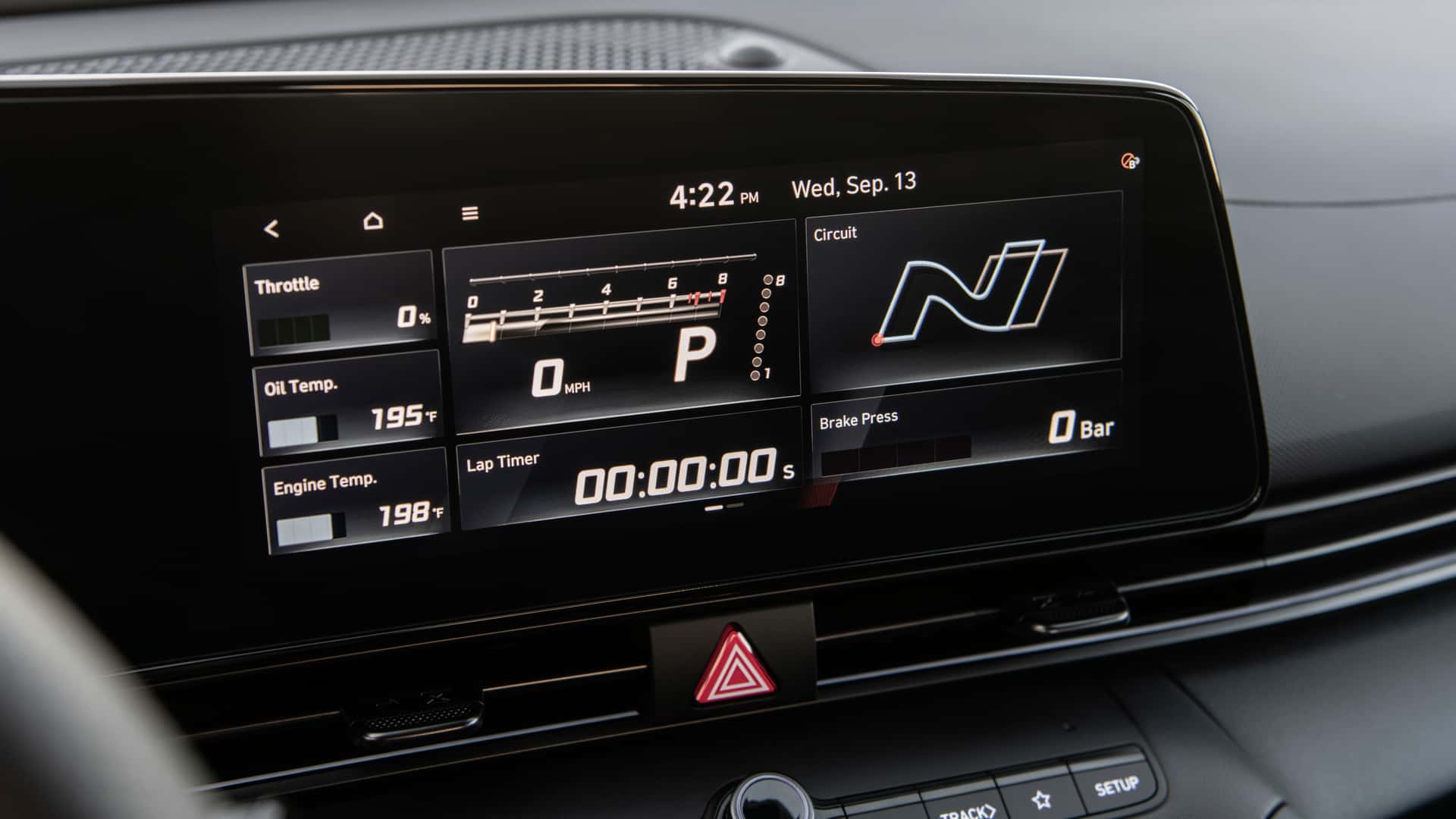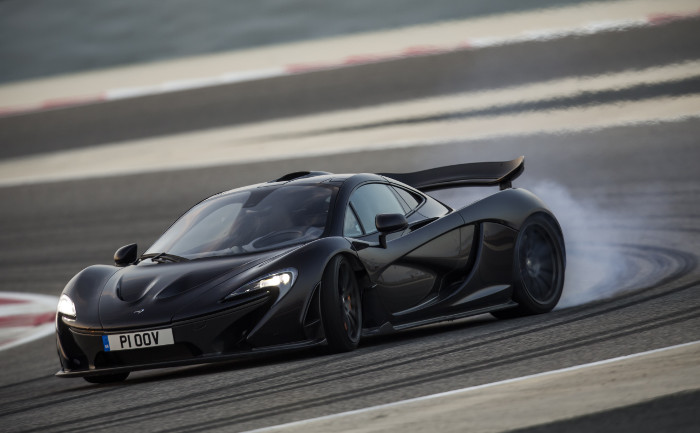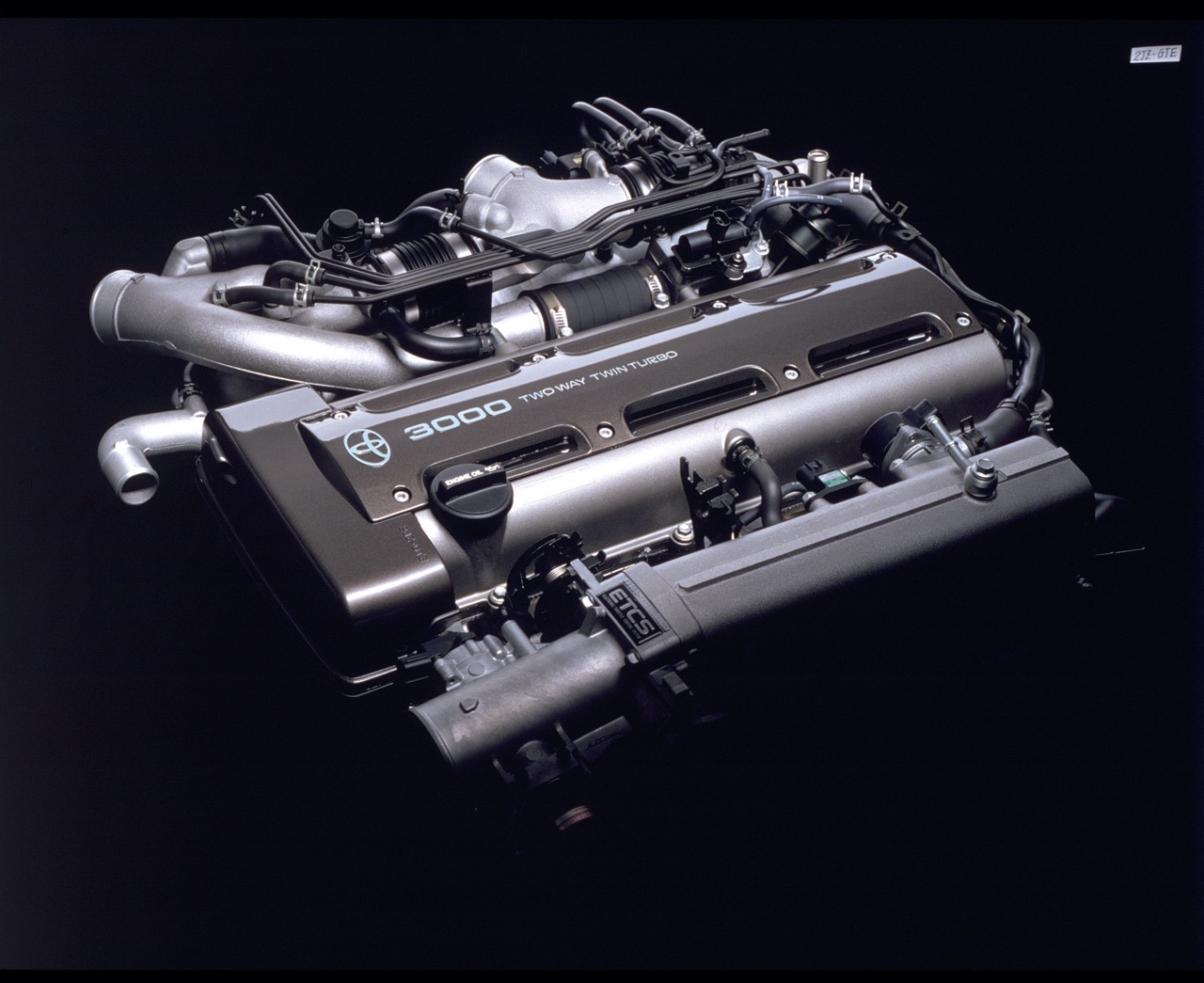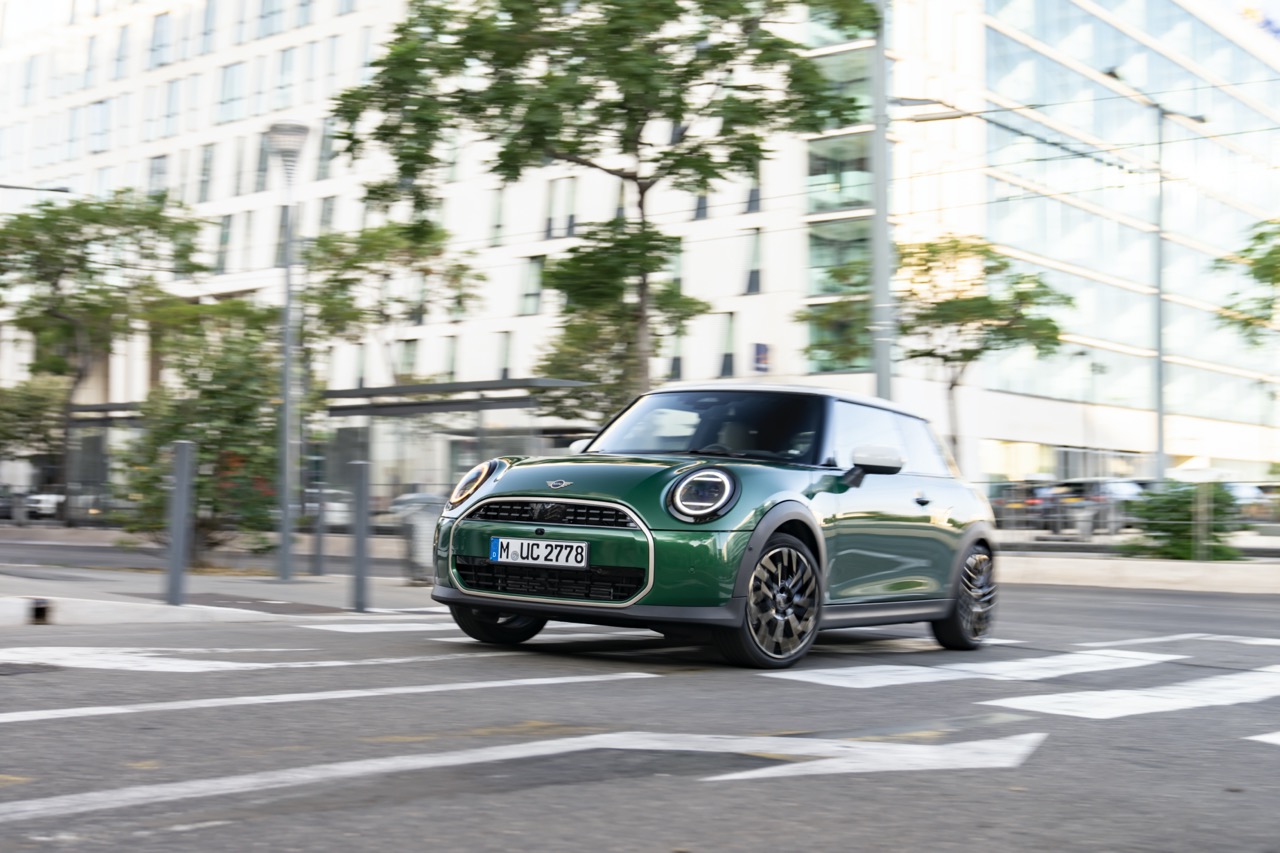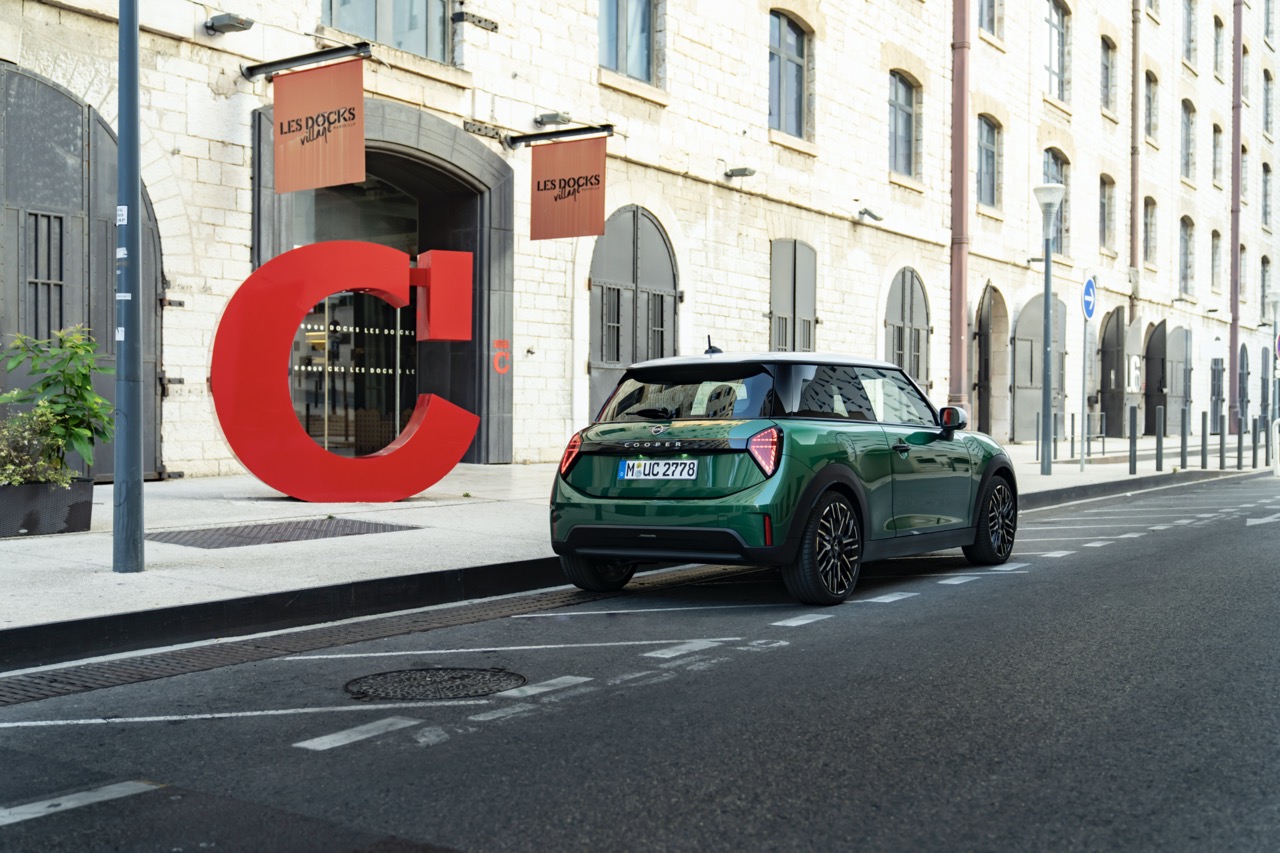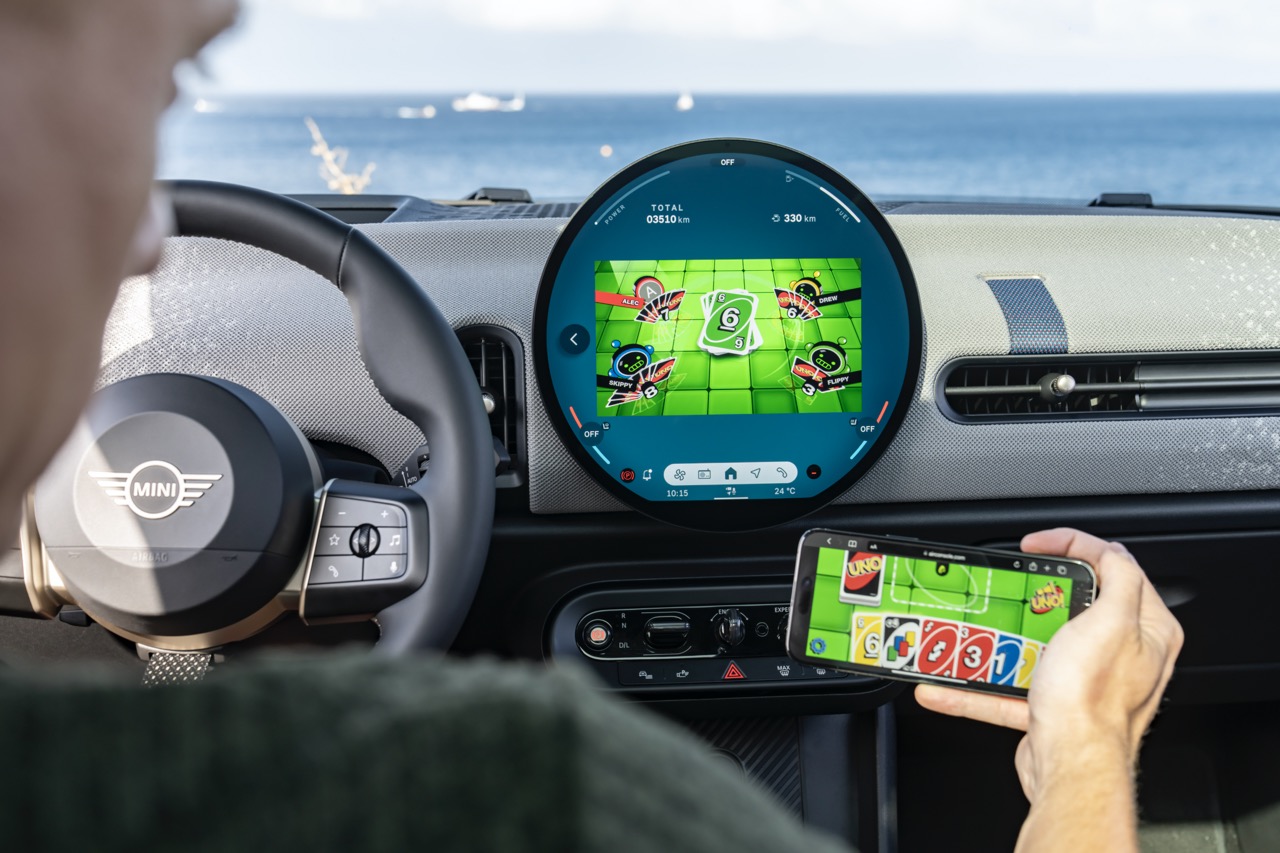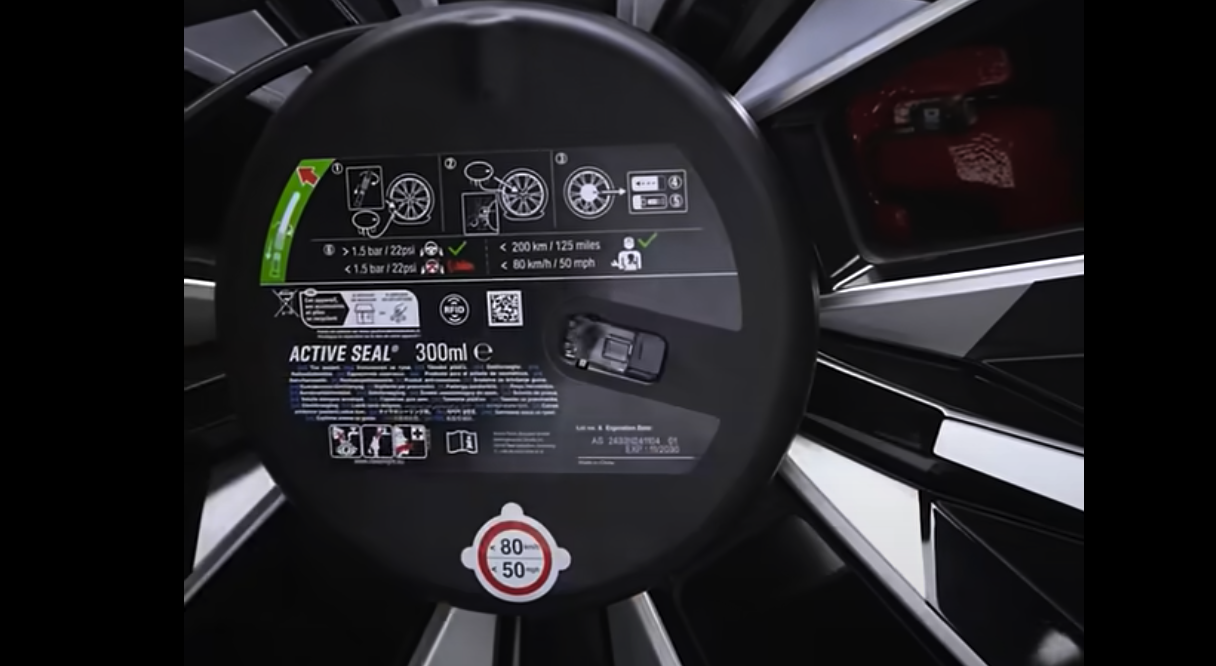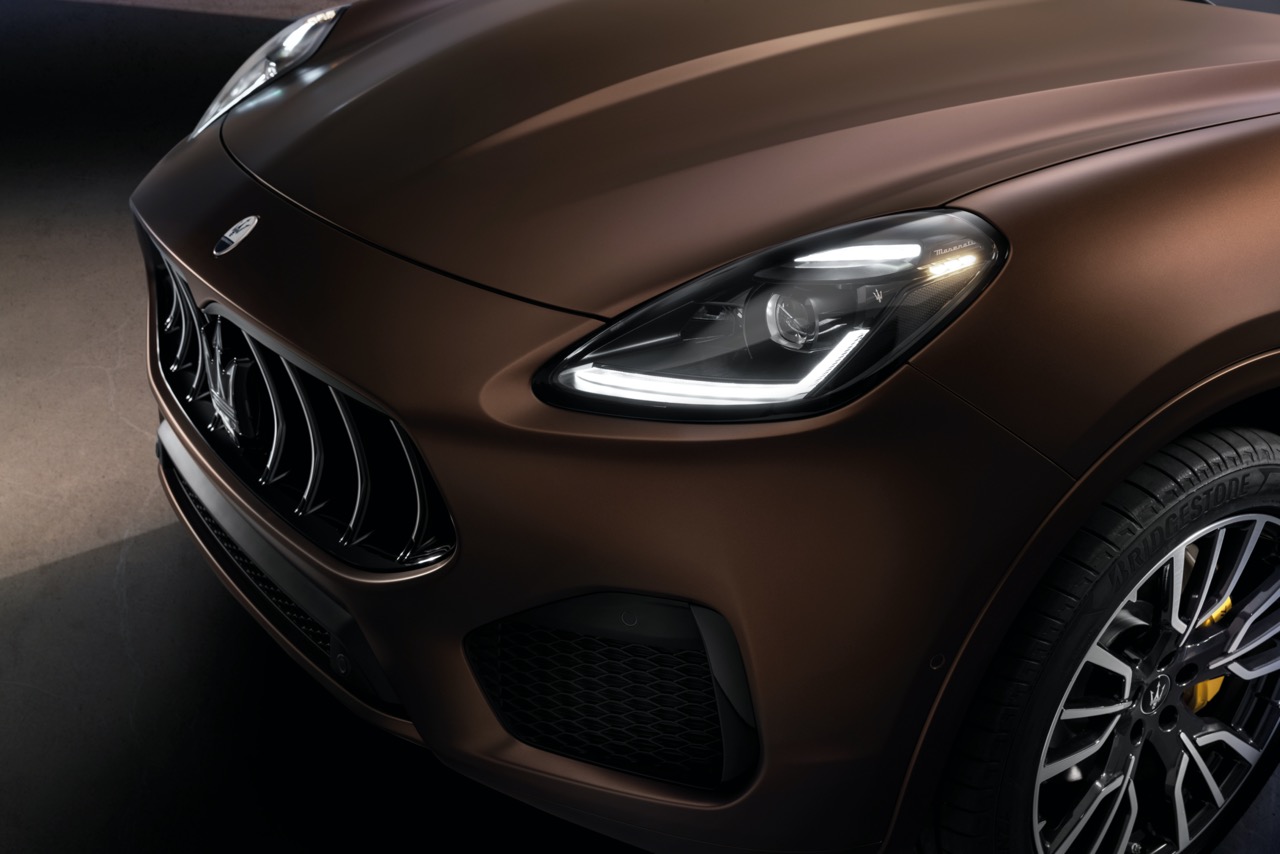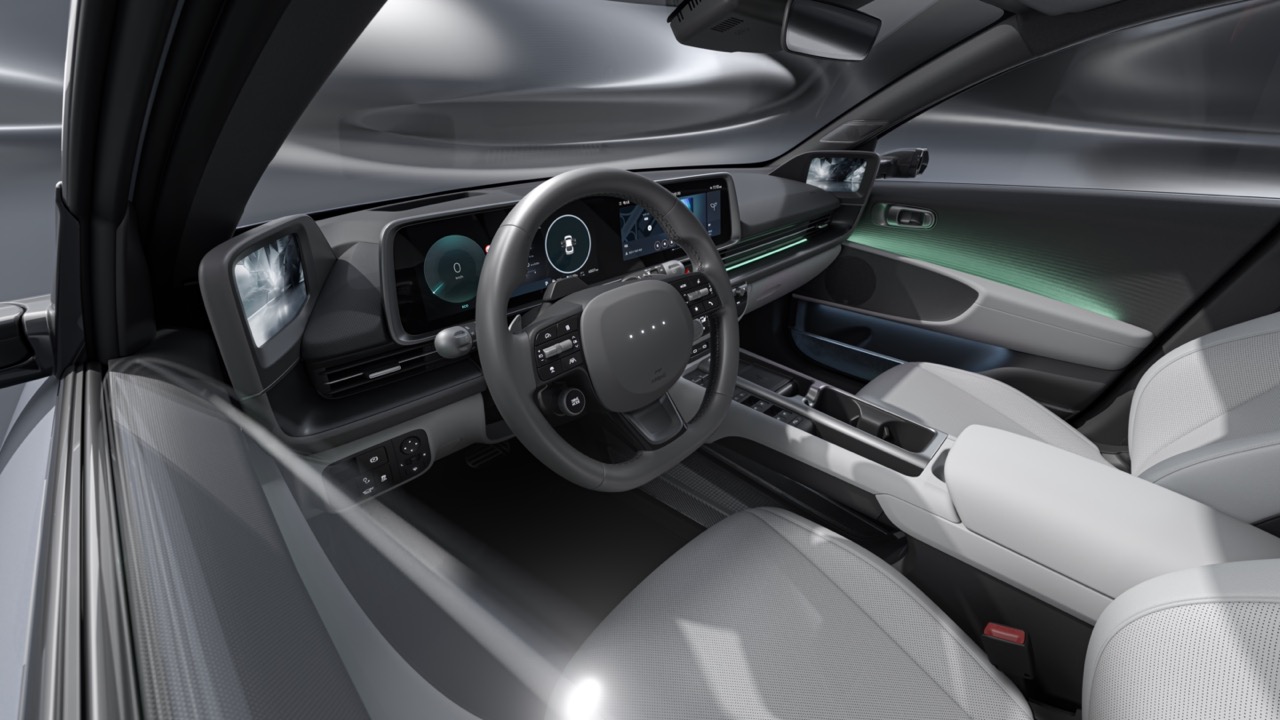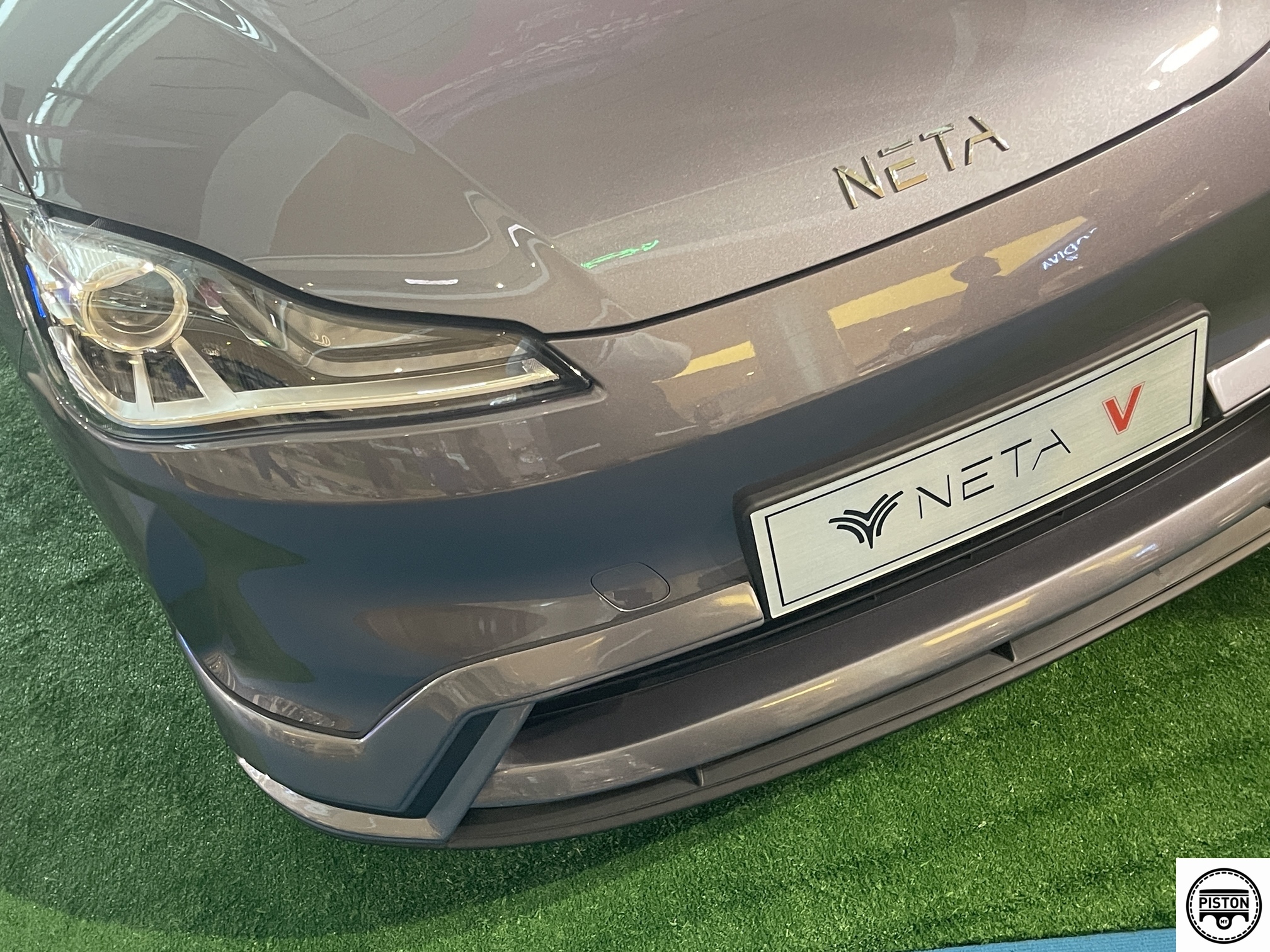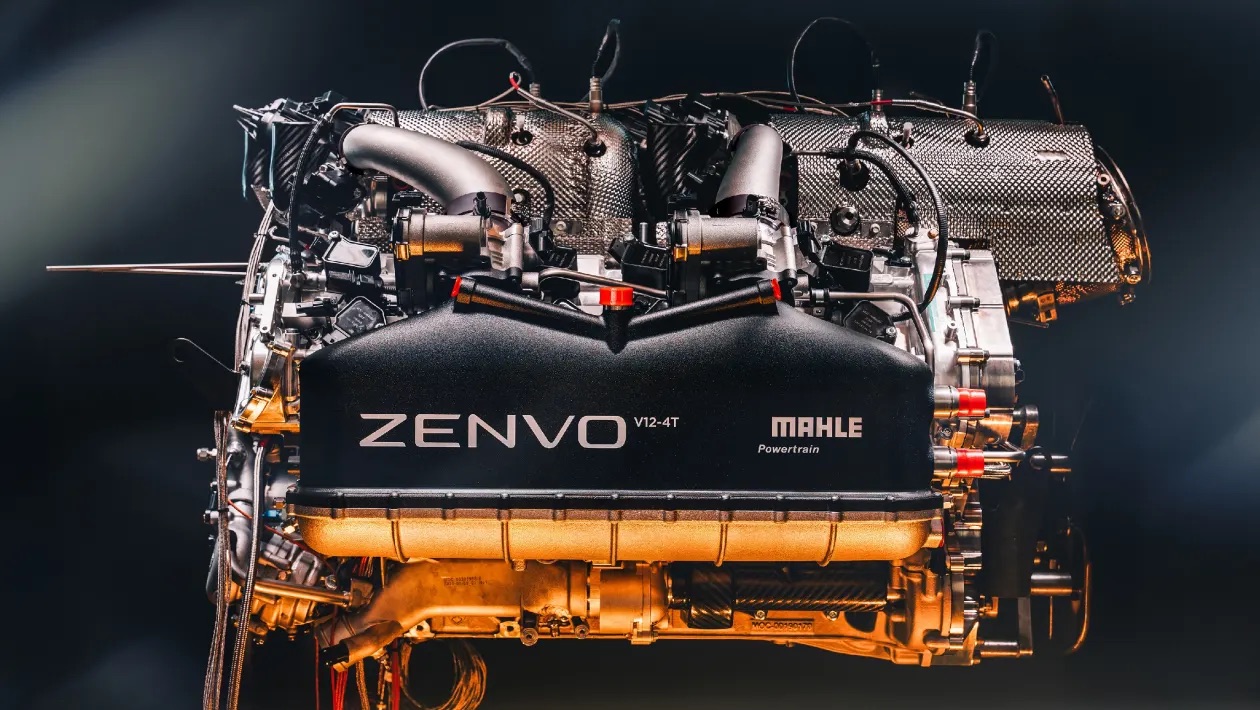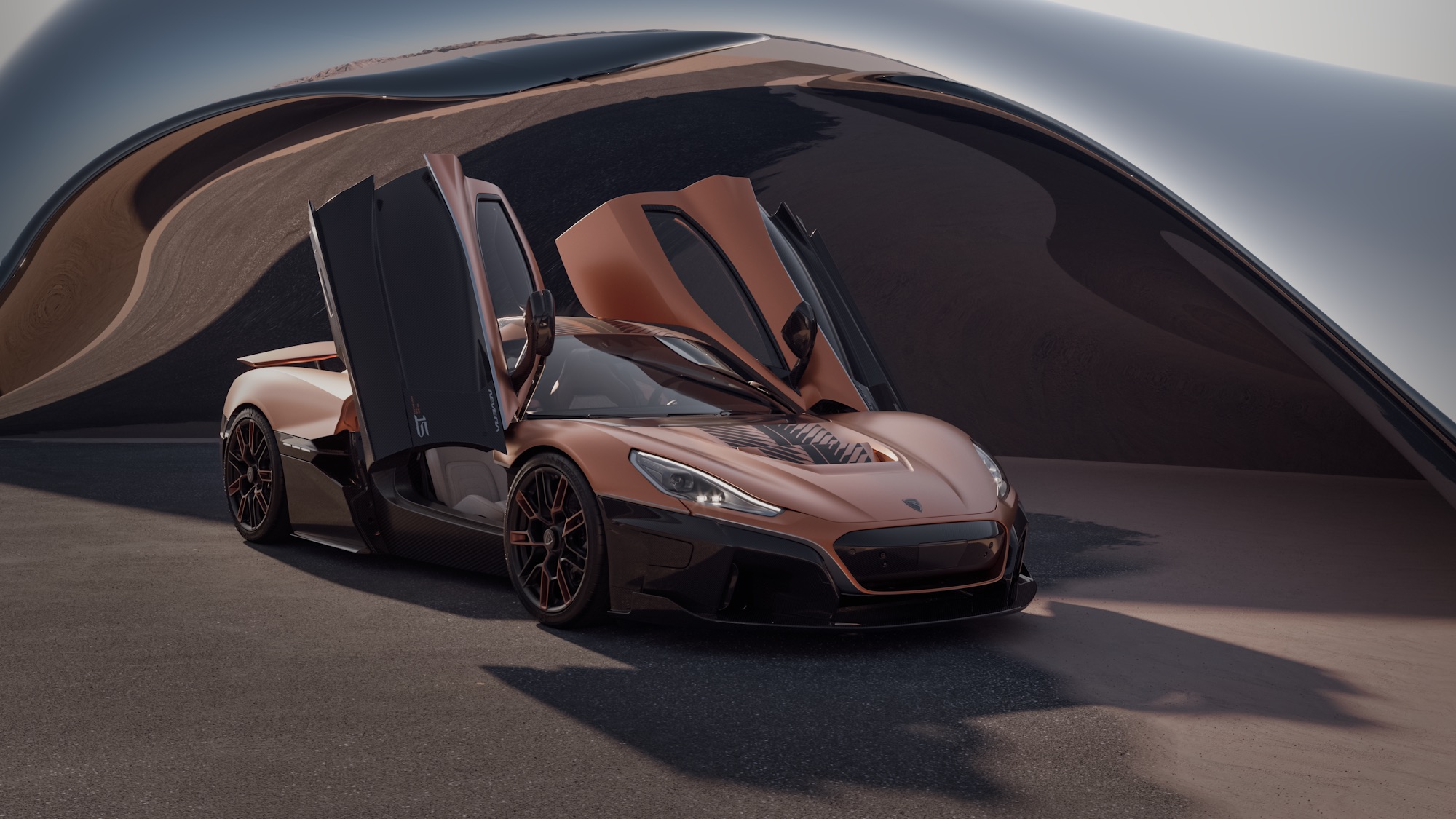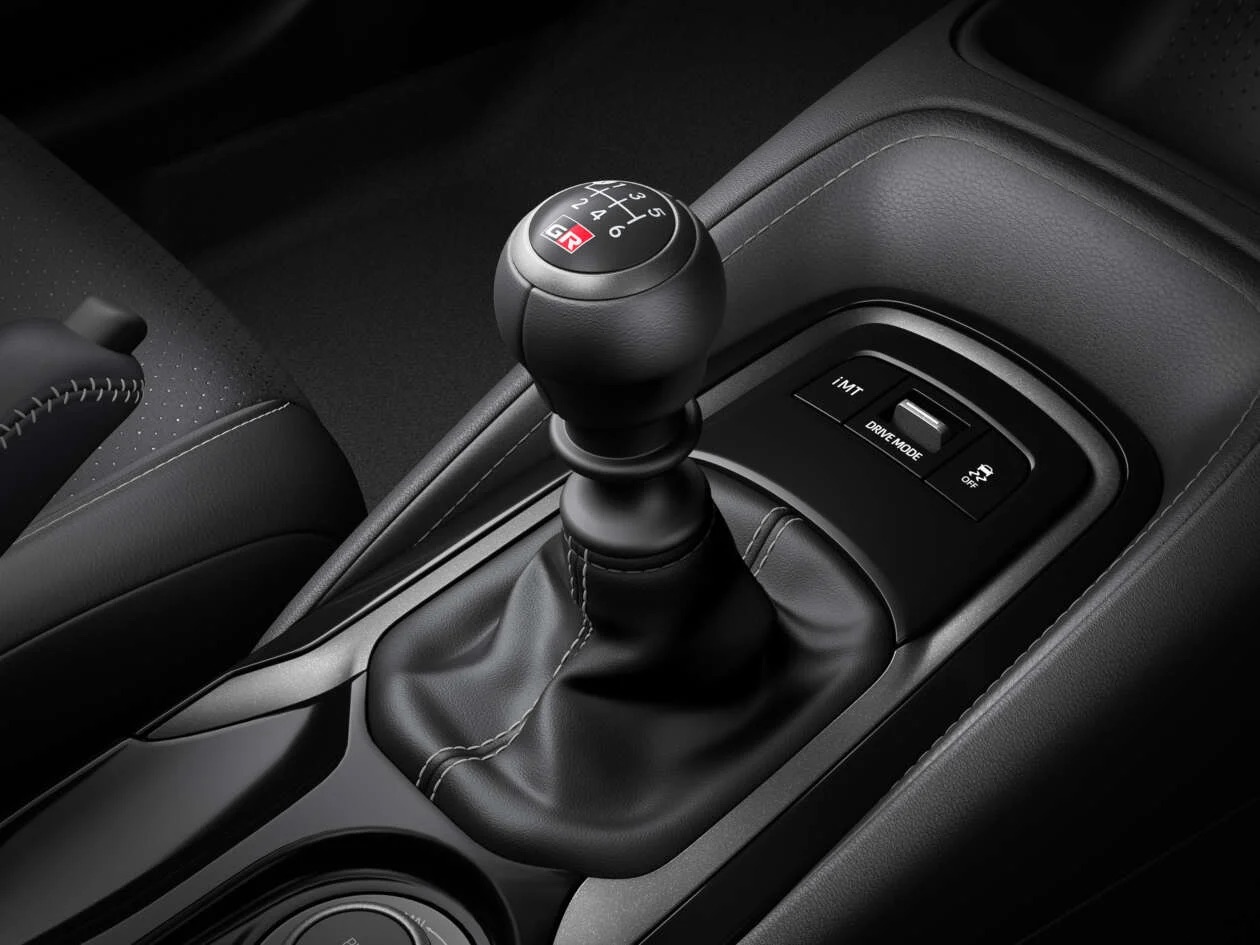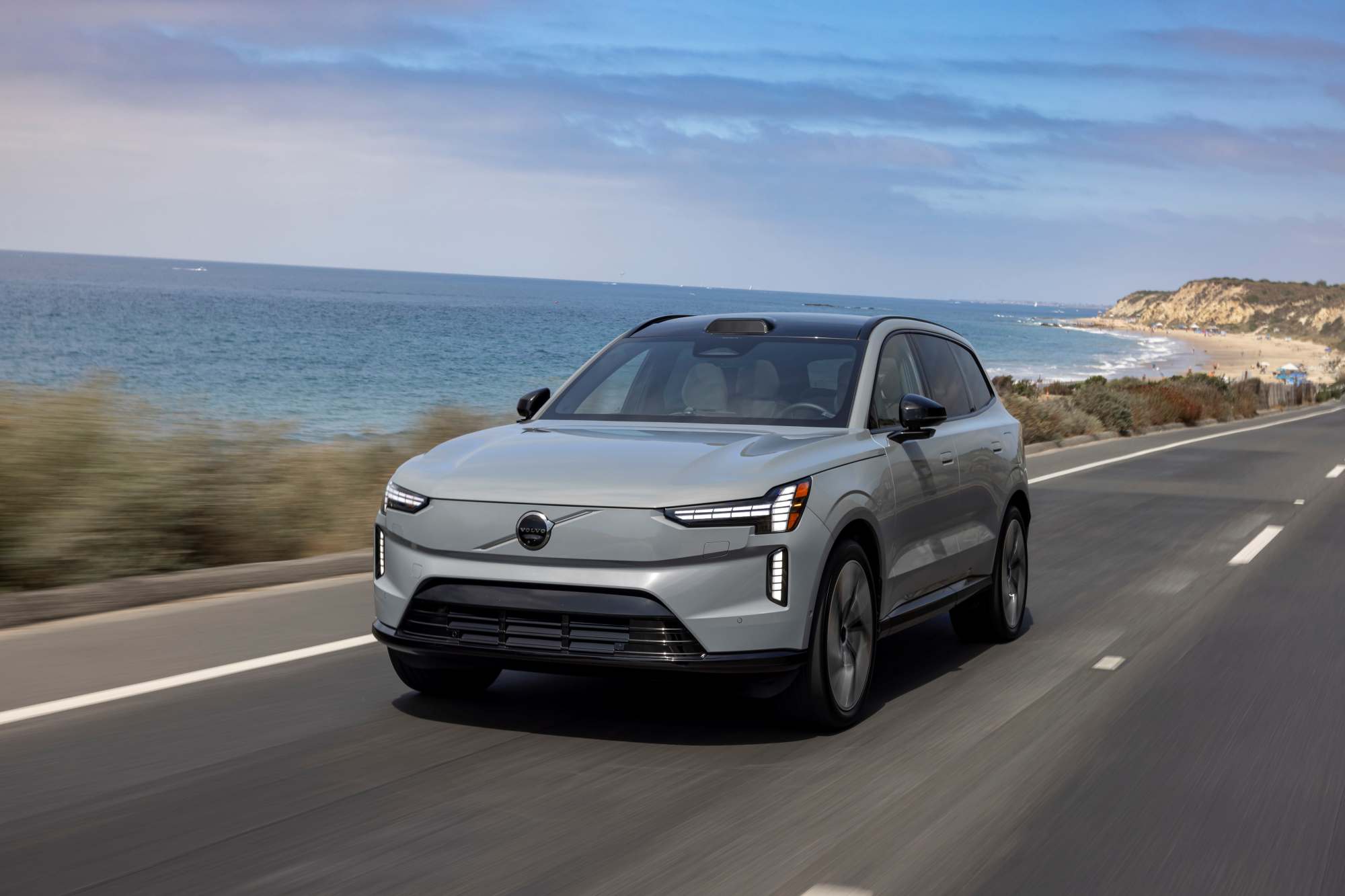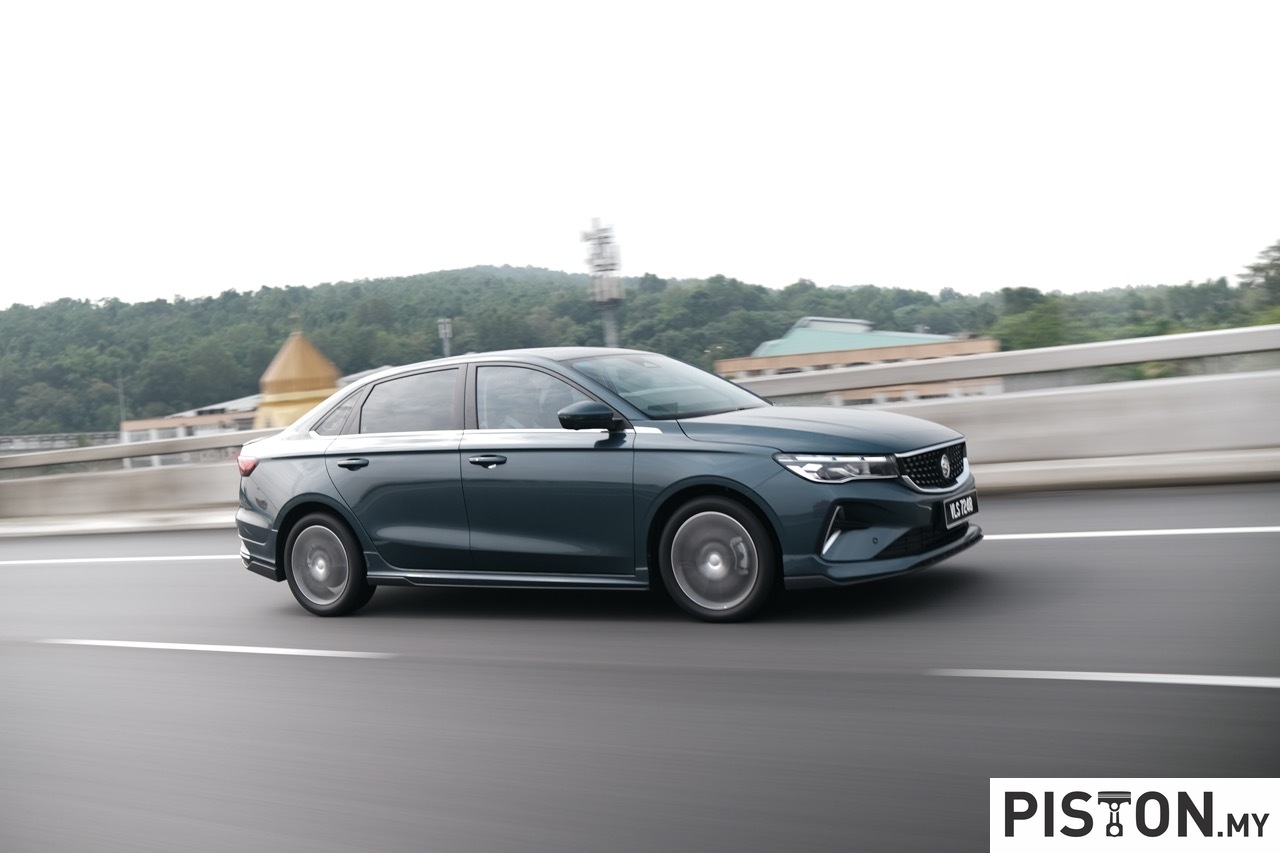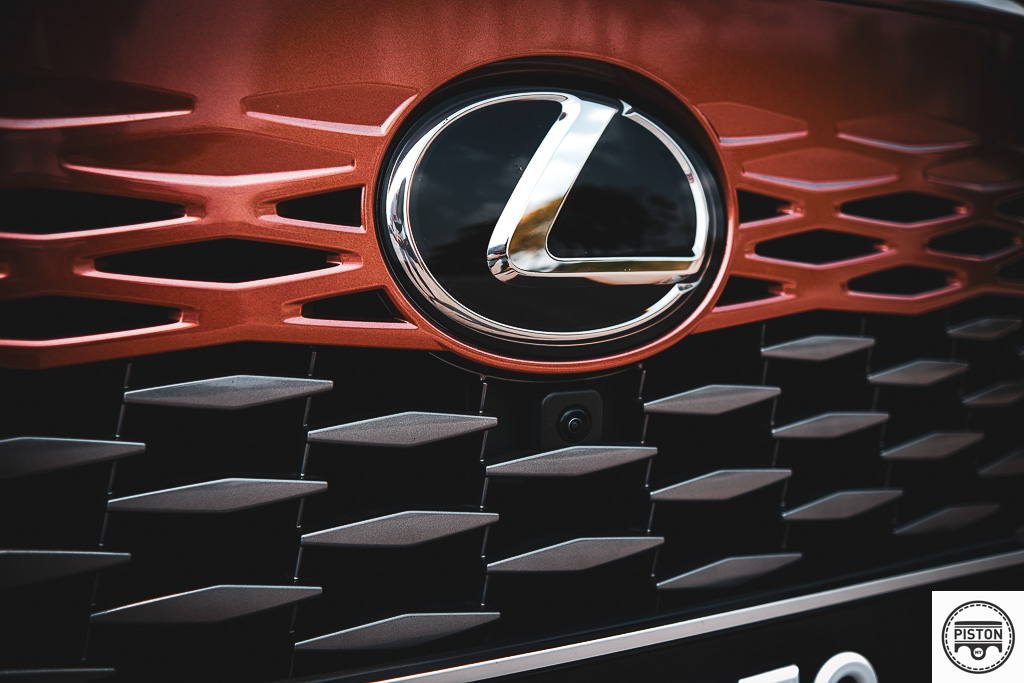The MAN hTGX hydrogen combustion truck has won the Truck Innovation Award 2025, a significant recognition for its contribution to zero-emission road freight transport. The award was accepted by Dr. Frederik Zohm, Executive Board member for Research & Development at MAN Truck & Bus, during the press event. MAN Truck & Bus became the first European truck manufacturer to produce a small series of trucks powered by hydrogen combustion.
Dr. Zohm expressed the company’s satisfaction with the recognition, highlighting that the MAN hTGX complements the company’s battery-electric vehicles by offering an alternative zero-emission solution for heavy-duty applications and special markets. The hydrogen truck’s classification as a zero-emission vehicle underscores its contribution to decarbonising road transport.
Highlights of the MAN hTGX:
- Hydrogen Combustion Engine: Powered by a 16.8-litre H4576 six-cylinder in-line engine, it delivers diesel-like performance with almost zero emissions.
- Range and Efficiency: The truck boasts a range of around 600 kilometres, enabled by a 56-kilo hydrogen tank with 700-bar pressure and a simplified exhaust gas aftertreatment system.
- Production Plans: The small series, consisting of around 200 units, will be available for customers in Germany, the Netherlands, Norway, Iceland, and selected non-European countries starting in 2025.
The MAN hTGX is designed for heavy-duty applications, including construction, tank transport, timber transport, and regions with insufficient charging infrastructure but available hydrogen supply. The truck will come in 6×2 and 6×4 axle configurations, allowing for a high payload and significant range. Its H45 hydrogen engine is based on the proven D38 diesel unit and will be produced at the Nuremberg engine and battery plant.
This award marks MAN Truck & Bus’s third win, with previous honors in 2024 for autonomous driving projects (ANITA and ATLAS-L4) and 2019 for the AFAS automated construction site protection vehicle.




